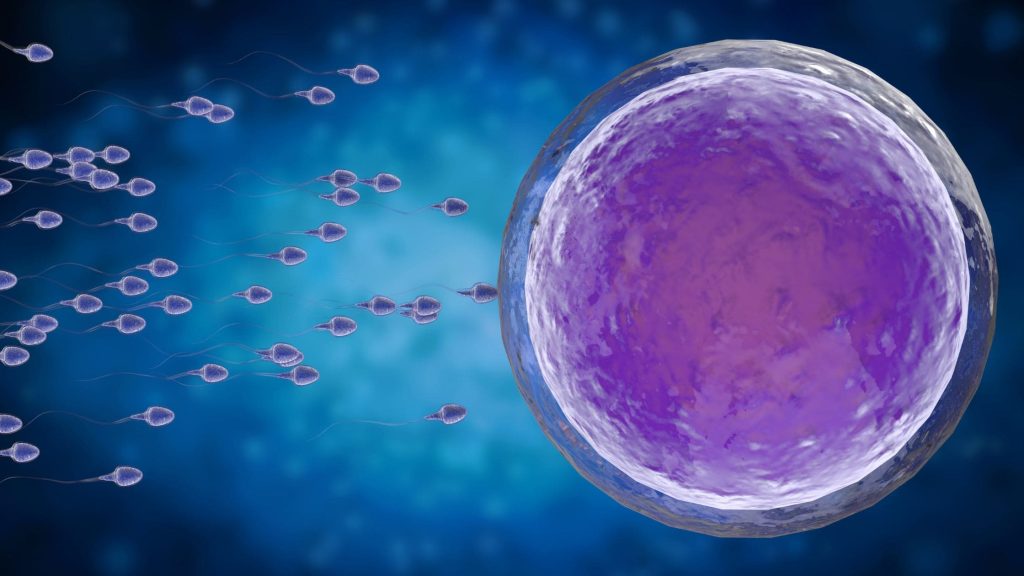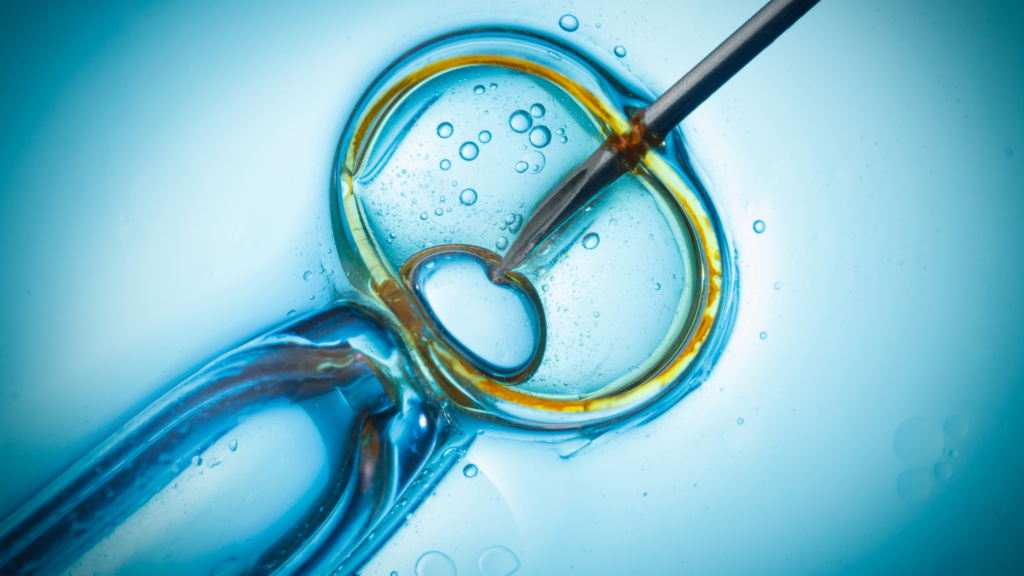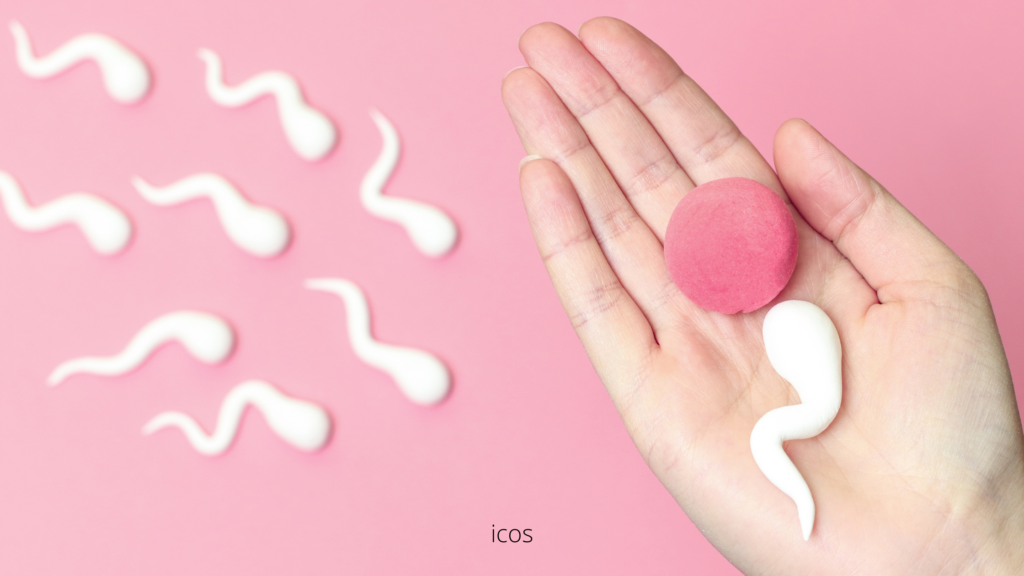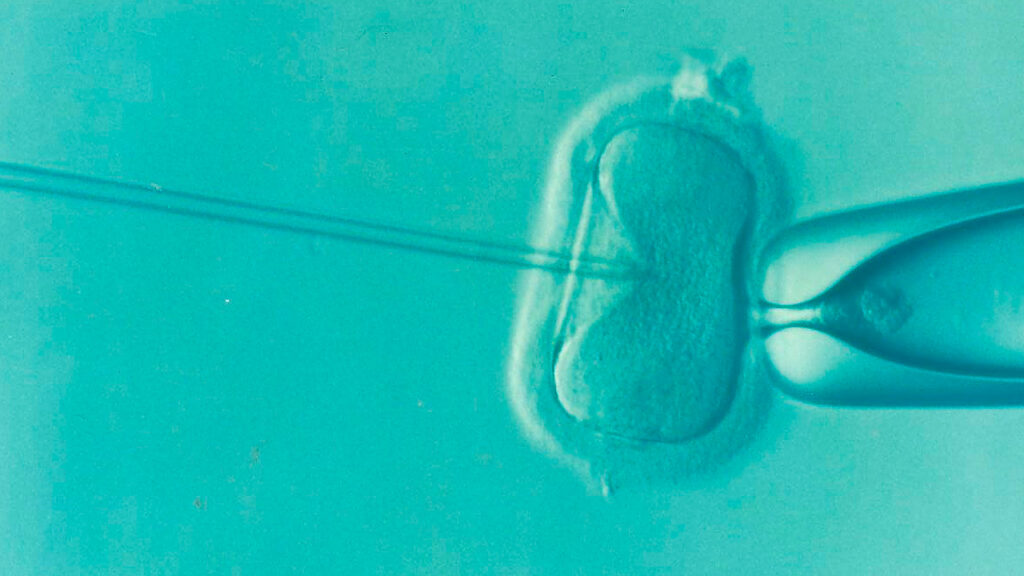MALE FERTILITY: What is it and how is it measured?
- Home
- Sin categorizar
- MALE FERTILITY: What is it and how is it measured?
The reproductive system of men and women is very different. Just as women are born with all the eggs that we are going to ovulate from puberty to menopause, men do have the ability to continuously produce sperm.
To make a very basic but very clear comparison, the male testes are a sperm factory and the female ovaries are a storehouse for eggs.
The organ where sperm are created and matured is the testes. Sperm production is also regulated by hormones although not in a cyclical way as is the case with the menstrual cycle. What is not controlled by hormones is the release of these sperm, that is, ejaculation.
Sperm take an average of 70 to 90 days to develop. Therefore, the sperm that a man ejaculates today began their growth and maturation about 3 months earlier.
How do we measure whether a man is fertile?
The male part of procreation is defined by the ability of the sperm to join the egg and allow fertilization.
For them to occur, the sperm must be able to cross the reproductive system of the woman and reach the fallopian tubes, where she awaits the egg. Once there, it must cross the ovarian covering, known as the zona pellucida, and combine its genetic load with that of the ovum to give rise to the embryo.
Therefore, the basis of man’s fertility is determined by semen and the way to study it is known as a “seminogram” or “spermiogram.” This is the analysis of the seminal sample after ejaculation.
The semen study is performed to analyze the sperm and assess its ability to reach the egg and fertilize it.
The main sperm parameters analyzed in the spermiogram are:
- Seminal volume.
- Seminal Ph.
- Viscosity of semen.
- Sperm concentration.
- Sperm mobility.
- Sperm morphology.
- Presence of leukocytes or other non-sperm cells.
- Appearance of agglutinations or unions between spermatozoa.
The sample analyzed in the seminogram must be obtained by masturbation after a period of ejaculatory abstinence of between 3 and 6 days approximately. The entire sample must be collected in a sterile bottle, which will be passed to the laboratory for analysis. It is essential that the shortest possible time passes between ejaculation and delivery of the bottle in the laboratory. It is recommended that this never exceed 45-60 minutes.
In addition to the seminogram, there are other male tests that can be performed to study the fertility of men in greater depth. Some examples are:
- Sperm FISH (analyzes some sperm chromosomes).
- Sperm fragmentation test.
- Seed culture.
- Analysis of hormones such as testosterone.
These tests are as common as the seminogram and, in fact, they are not always required to assess whether a man has infertility.
To finish, remember that the seminogram is something quite variable and, therefore, when any alteration arises, it is generally recommended to repeat the analysis before giving a specific diagnosis.
You may also like
Azoospermia: qué es y cómo tratarla
Un hombre que tenga azoospermia (ausencia de espermatozoides tras eyaculación) no quiere decir que necesariamente no pueda tener hijos. Es …
Fecundación In Vitro: qué es y su proceso
La fecundación in vitro (FIV) es un técnica de reproducción asistida que tiene la finalidad de ayudar a las mujeres …
Inseminación Artificial: qué es y cómo se hace
Los procesos de reproducción asistida pueden parecer similares y a la vez diferentes entre sí. Todos ellos están pensados para …
Principales causas de infertilidad
Son muchas las posibles razones por las que el embarazo natural puede no llegar. Sin embargo, existen una serie de motivos que son más comunes y de los que hablaremos en profundidad en el artículo de hoy.
Técnicas de reproducción asistida
La reproducción asistida es la parte de la medicina que ayuda a la procreación cuando ésta no llega de forma natural. Existen principalmente dos técnicas de reproducción asistida: la inseminación artificial y la fecundación in vitro. La diferencia principal entre ambas radica en el grado de asistencia o ayuda que suponen en relación al proceso natural de concebir.
FERTILIDAD FEMENINA: ¿Qué es y cómo se mide?
La fertilidad es la capacidad de los seres vivos para reproducirse y dar lugar a un nuevo ser. Entendemos que una mujer es fértil o tiene un estado de fertilidad adecuado cuando tiene las aptitudes necesarias para la procreación.






